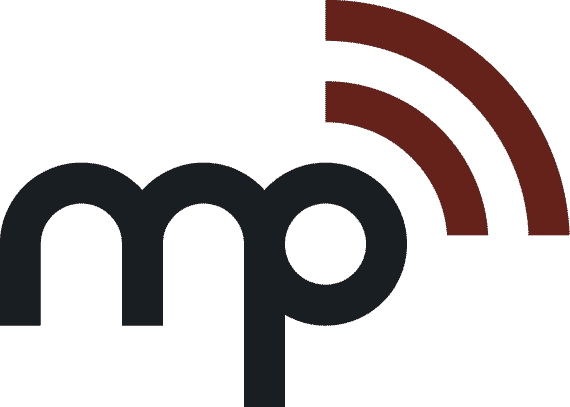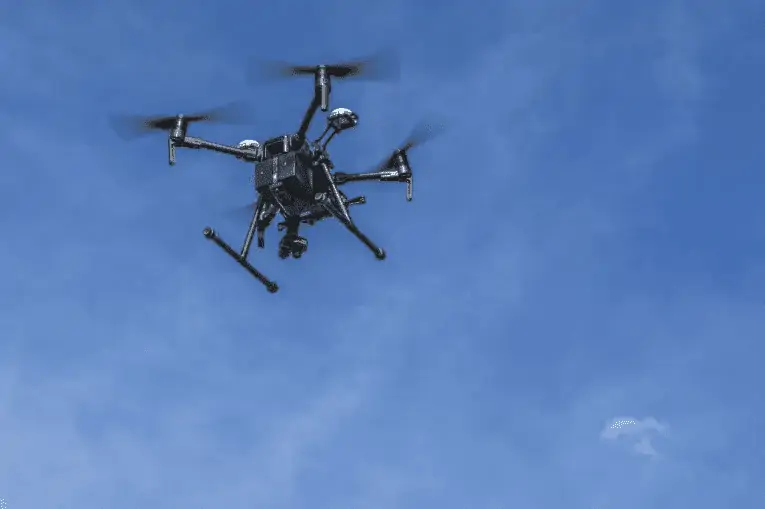MP Antenna has released an article explaining what may be degrading Unmanned Aerial Vehicle (UAV) networks, and five factors to consider: network planning, 3D placement, interference mitigation, trajectory optimization and handover management.
UAV networks depend upon wireless communications between ground controllers and drones, or Unmanned Aerial Vehicles (UAVs). Drone navigation, control, and autonomy are important, of course, but UAV network challenges are also a growing concern. There are plenty of things that can go wrong with network communications, but here are five factors to consider.
#1 Network Planning
Proper network planning involves optimizing UAV performance and accounting for drone coverage, capacity, and costs. Sometimes, however, designers model UAV systems after traditional cellular networks, which have different signaling requirements. Unlike static terrestrial networks, drone networks need dynamic signaling – and the right antennas – for the continuous tracking of airborne UAVs.
#2 3D Placement
Drones travel in three-dimensional (3D) space and may experience frequent changes in altitude. Unlike ground controllers then, UAVs have changing air-to-ground (A2G) channel characteristics. UAV operators who fail to account for 3D placement may experience wireless communications problems that affect network capacity and costs. With multi-polarized antennas, however, signal degradation is reduced.
#3 Interference Mitigation
Ultra-dense small cell networks are susceptible to interference that degrades performance. Millimeter wave (MMV) communications are also subject to interference, especially from LOS obstructions that prevent high-speed, low latency communications. Without full-directional antennas, interference may prevent drones from communicating with base stations, and vice versa.
#4 Trajectory Optimization
Optimizing a UAV flight path can be challenging. Flight time, energy constraints, user demands, and ground collision avoidance are just some of the factors to consider. In UAV-enabled wireless networks, it’s especially important to account for the relationship between air mobility and quality of service (QoS). With standard antennas, changes in pitch and yaw can cause polarization mismatches.
#5 Handover Management
In some UAV systems, handover management involves maintaining connectivity under Beyond Visual Line Of Sight (BVLOS) conditions. Ground controller antennas may be tilted downward, however, and achieving maximum coverage for base station personnel can come at the expense of air-to-ground communications. Better beamforming can help, but network operators need antennas that can support it.











